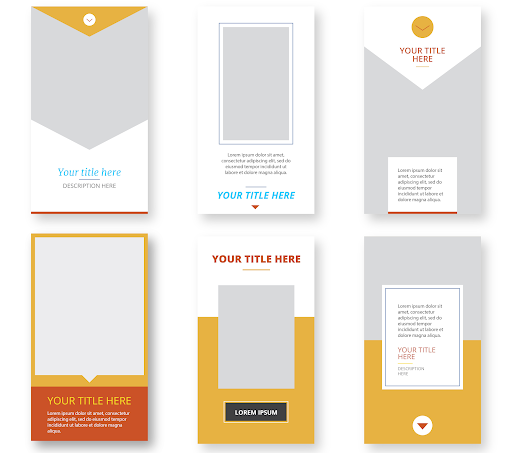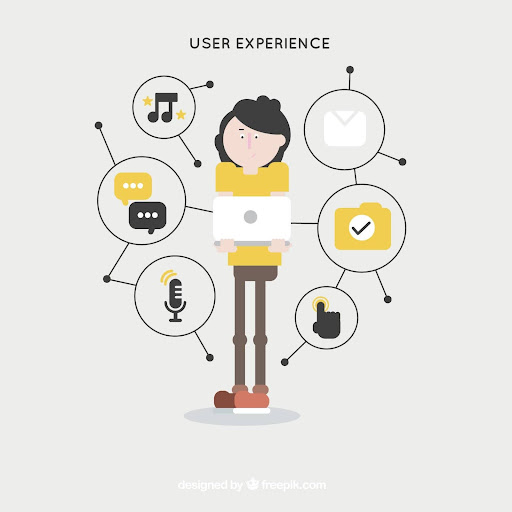In the modern digital learning world, instructors do not have to stick to books and blackboards anymore. Video-based learning is now perceived as one of the most effective instruments in the education sector since it combines pictures, audio and story in a manner that is able to capture students with diverse learning styles. However, the distinction between a video students have to watch and a video students love to watch is usually one aspect: storytelling.
Storytelling was always a fundamental constituent of human learning. Stories were one of the earliest methods of imparting knowledge long before there was such thing as a classroom, stories were richly emotional, conflict-ridden, problem-solving and imaginative. Once teachers use storytelling in their teaching videos, the lessons become easier to memorize, follow, and comprehend.
The following are tips on the effective storytelling in practice that can be adopted by teachers to make the ordinary lessons appear in the form of fascinating videos.
Start With a Clear Message
You must record before you hit the record button, then ask yourself:
What is the main point that I would like students to keep in mind?
Is it possible to summarize it in one sentence?
Your story is based on this message. All the images, examples, and words in your video must help prove this main point. In case the message is discontinued, the narrative gets lost and the students lose track. Focus and purpose are achieved by honing your message, and this results in a video that is focused and purposeful.
Build a Story Frame (introduction, climax, denouement)
Classic storytelling is successful because it is organized in a way that makes the audience interested youtube comment finder. The same thing can be said about your educational video:
Beginning — The Hook
Grab attention immediately. Present a problem or a question, shocking fact or something people can relate to.
Example: Do you ever think about how the sky is different in color in the sunset?
Middle -Explanation and Exploration
It is here that the learning takes place. Explain your material step by step to the students. Examples, illustrations, animations, or real-life situations should be used to expand on the knowledge.
End — Resolution & Takeaway
Conclude the lesson and revert to the question or problem posed in the start of the lesson. Give a definite conclusion or course of action.
When a lesson is presented as part of a story, the students develop the impression that they are not simply listening to facts but to something significant.
Play Characters-Even in Academic Lessons
Stories are relatable and memorable because of characters. Characters can make the lesson more real even though you may be teaching math, science or history.
You can include:
An imaginary person that faces a problem that was solved by the lesson.
A historical figure
Yourself as the teacher mentoring students.
A simple animated figure
Everyday life real individuals.
Characters assist the students in building emotional attachments to characters, which enhances recall. Students are more relaxed learning because one of the characters is going through the same confusion they might be having.
Establish Real-Life Connections
When students know how a lesson applies in the real life, they become more involved. When planning your video:
Show practical examples
Use everyday situations
Link abstract ideas to ordinary events.
As an example, rather than use numbers to describe division, demonstrate a real life situation such as dividing food or dividing work. The idea is to transition the lesson off of theory and make students feel that it is useful and relevant.
Apply Visual Storytelling Techniques
Video is a visual media–maximum on visuals. Visual storytelling would assist students in grasping the complex concepts quicker than verbal ones.
Consider using:
Icons and illustrations
Motion graphics or animations.
Graphs and diagrams
Real-life footage
Text on screen for emphasis
Color coding for concepts
No complex images are likely to be more efficient than plain ones. Even simple hand-drawn drawings or white board animation can significantly enhance understanding.
- Enter the Personal Element in Your Storytelling
Emotion is not drama; it is the process of communicating in a cordial, enthusiastic, curious, or entertaining way. Students naturally listen more when the narrator sounds as a person and interested in the subject.
Ways to add emotion:
Change your voice (do not speak in a monotonous voice)
Emphasize important words
Express genuine interest
Use humor when appropriate
Yellow ventures frustrating or interrogative.
The students will imitate your passion once they feel the passion.
- Keep the Pace Engaging
The pace is an important tactic in keeping attention. Slowly, and students lose interest. Too fast, and they feel lost.
To maintain the right pace:
Cut information into small digestible units.
Add pauses to reflection.
Transition between sections.
Change visuals regularly
Do not use long monologues and no change.
Attention can also be reset by quick cuts, changes of scenes or interactive questions.
- Invoke Questions to Enlist Students into the Story
Curiosity is aroused by questions. Students have a brain mechanism of trying to find the answer when a question is given to them.
Effective questions can be of types:
Reflective questions:
“Have you ever noticed…?”
Predictive questions:
What do you believe will be the next thing?
Problem questions:
“How could we solve this?”
Comparison questions:
What do you consider to be the most effective method?
Questions transform active watching to active thinking.
- Include Conflict or Mystery
In every great story, there is conflict of some sort. Conflict may be an issue to resolve, a myth to eliminate or a riddle to work out, in educational videos.
Examples:
Most individuals believe that soil provides plants with food. But is that really true?”
This arithmetic puzzle appears to be impossible without viewing it at another angle.
The question of why this event has altered the world is still a controversial issue among historians.
There is a small puzzle that makes the students stay till the end.
- Use Words, Not Reasons, to Tell Stories
Many educators over-explain. But an example is the food of stories.
Instead of saying:
Photosynthesis is the process in which plants store the energy of the sun.
Try something like:
Suppose the plant were a small factory of solar panels…
Real-life examples can also be remembered far better than definitions.
- Apply Student Life Relatable Situations
Engagement becomes very high when students relate to a story.
Examples:
Using classroom situations
Using social media behavior
Sports, hobbies, family life
Technology or mobile usage
Day to day experiences such as forgetfulness or time management.
The complicated lesson can be explained by familiar situations, and it becomes comprehendible even in the case of complex lessons.
- Make Videos Short and to the Point
There is a difference in attention span which is more among younger students. Although there is no rigid guideline, good educational videos usually take 3 to 8 minutes per concept.
In longer videos, it is great, but it is necessary to divide such videos into chapters or sections separated by distinct transitions.
Concentrated stories are simple to digest.
- Close the Article with a Lasting Memorable Moment
The closure of your story should support it and ensure that students have a feeling of closure.
You can end with:
A summary
A challenge
A real-life task
A visual recap
A motivational statement
The lesson will be significant and full when there is a good closing.
- Let Your Personality Shine
Students associate themselves with human teachers. Incorporate your own personality in the telling:
Minor personal experiences.
Use your sense of humor
Speak conversationally
Smile with your eyes or your mouth.
Be authentic, not scripted
Authenticity helps to generate trust and repeat viewers.
- Get Your Scripts Practiced and Refined
There is seldom a first time of telling a good story. Write a script or outline, and polish it. Read it aloud to get the feel of it.
Check for:
Clarity
Emotional tone
Logical flow
Smooth transitions
Opportunities for visuals
Reduction of complicated concepts.
It is important to remember that it is your script that is the backbone of your storytelling.
Conclusion
Educators can create teaching videos through storytelling and create a lesson that is not an information, but an experience. You can make even the hardest concepts interesting stories that students will remember even after watching the video by concentrating on the structure, emotion, visuals, real-world relevance, and interactivity.
Telling stories is not dramatic and theatrical, but making learning to be human, relatable, and significant. When you perfect these methods of telling a story, then you will not only educate but also inspire with your videos.









